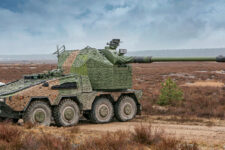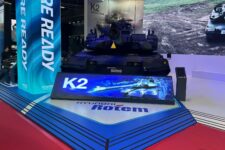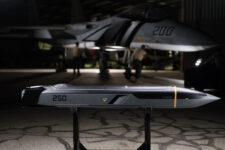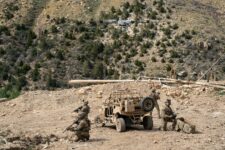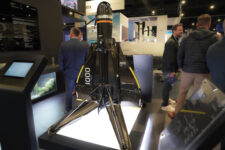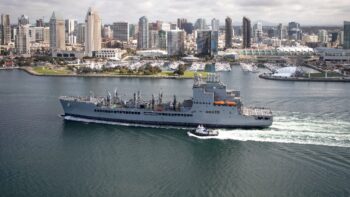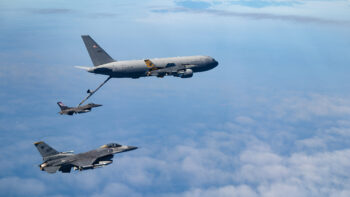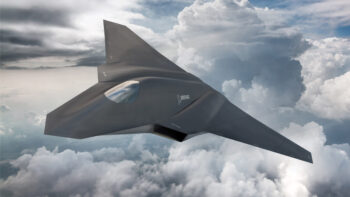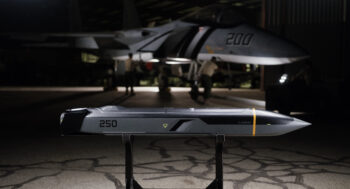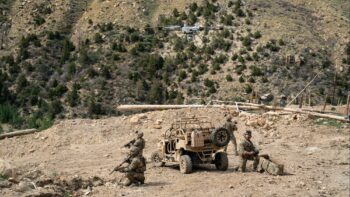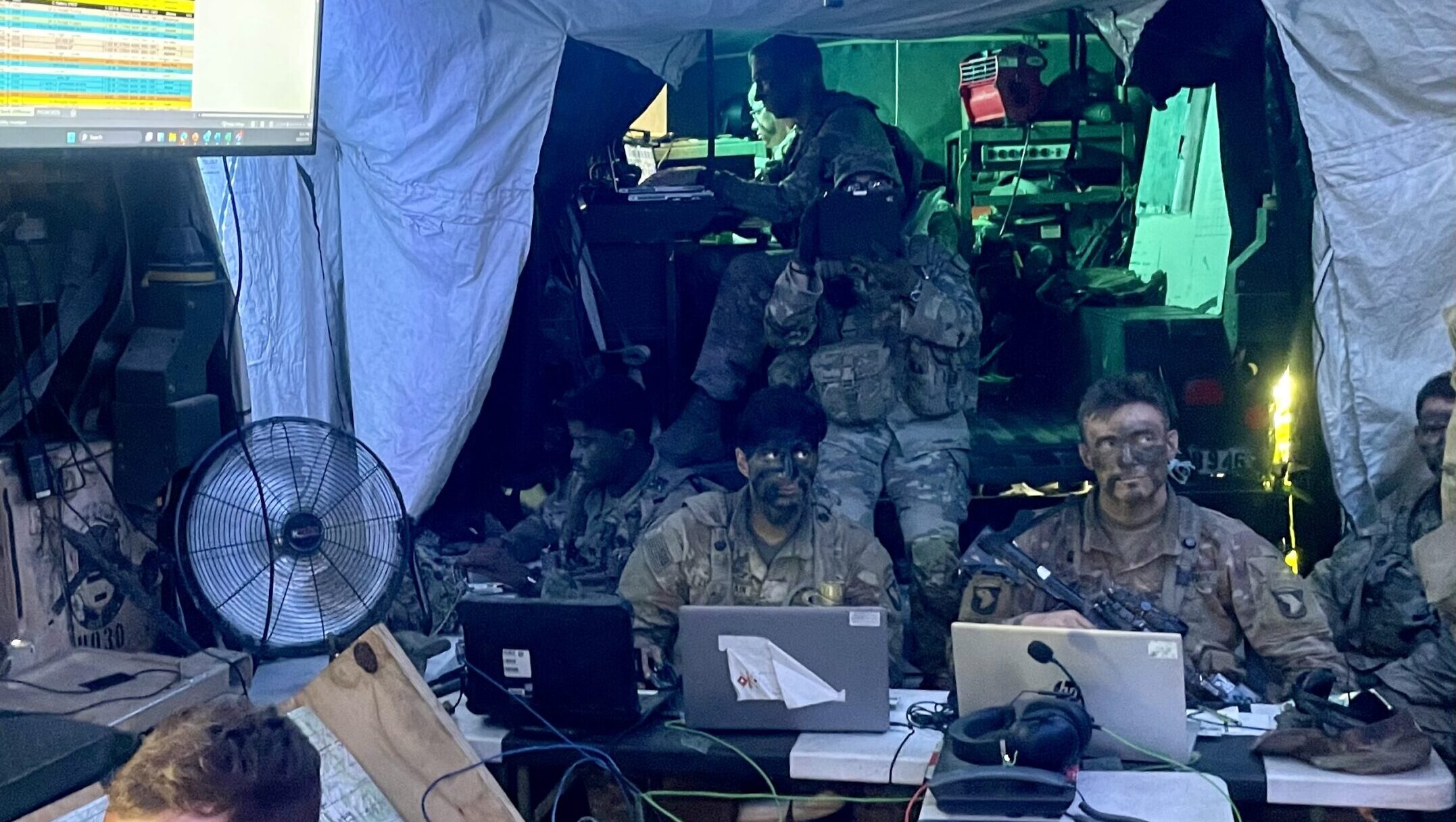
US Army soldiers with the 101st Airborne Division work inside a command post on Aug 22 during a rotation at the Joint Readiness Training Center. (Breaking Defense/ Ashley Roque)
FORT JOHNSON, La. — The US Army is gearing up its fifth Project Convergence iteration where soldiers will test out the service’s future command and control (C2) architecture to see if it’s on the right track, according to a senior leader helming the initiative.
Today the service faces a complicated time overcoming network challenges and is embarking on a multi-pronged plan aimed at eventually providing soldiers with a unified, “flattened” architecture that they can seamlessly communicate through. To get there, it is currently upgrading the current network under its C2 Fix initiative. But at the same time, it is eyeing a more ambitious plan referred to as either C2 Next or Next Generation C2 (NGC2).
Still in the early days of development, this new prototyping umbrella is slated to include: a single array; a line-of-sight and beyond line-of-sight terminal; modular RF communications software; and “edge computing capabilities.”
RELATED: Empowered edge vs. the centralization trap: Who wil wield AI better, the US or China?
Col Michael Kaloostian, the Army Futures Command’s (AFC’s) networks and security director for NCC2, plans to have soldiers test out the proof of principle at the Project Convergence capstone five event early next year.
“We are in the S&T [science and technology] phase, and we’re still doing [research and development] on this project,” he told Breaking Defense during an Aug. 22 interview. Even still, AFC head Gen. James Rainey has tasked the team with testing out the new construct at the National Training Center at Fort Irwin, Calif. during Project Convergence maneuver events.
“He wants to use it completely,” Kaloostian explained.
He said later that C2 Next is “completely different” and a “100 percent clean sheet approach” compared to the current network and C2 Fix. If the test goes well, senior leaders will likely hand the prototyping project over to the AFC’s Network Cross-Functional Team to continue testing it out.
That team is “already getting the requirements developers together. They’re already looking at the budget that it will require, and working [on] the acquisition approach,” Kaloostian said.
Part of that tentative plan ahead revolves around delivering a “minimal viable product” to units later in 2025 for continued testing before the service begins fielding it to soldiers, possibly in 2026.
“We’re going to learn [with] each step. … It’s always gonna be iterative, because technology is always going to improve,” Kaloostian said.
And although the Army has an idea of the key C2 Next components, it is looking for avenues to inject competition into the new network’s development. More information should be available to interested vendors in mid-September when the Program Executive Office for Command, Control and Communications-Tactical (PEO C3T) hosts a virtual, industry day.
